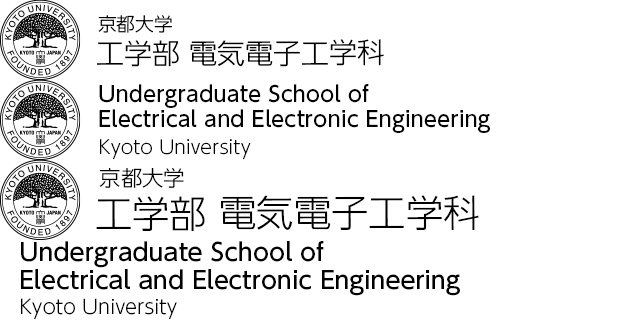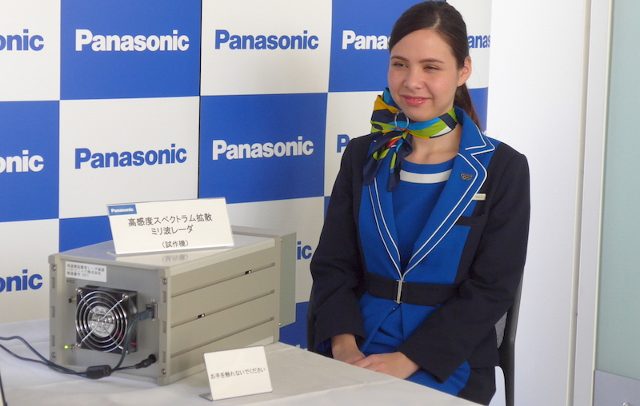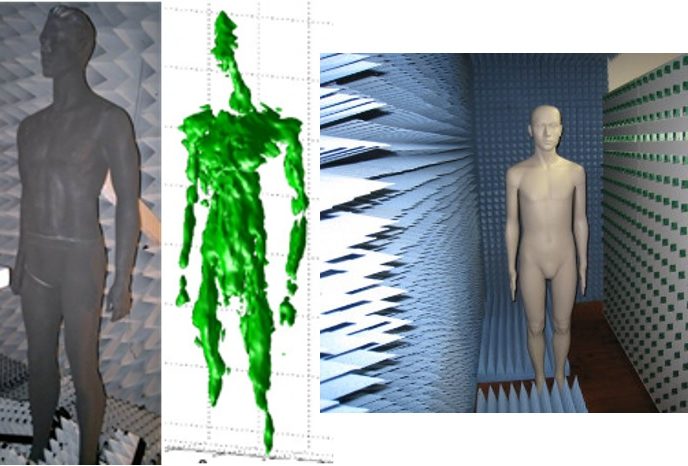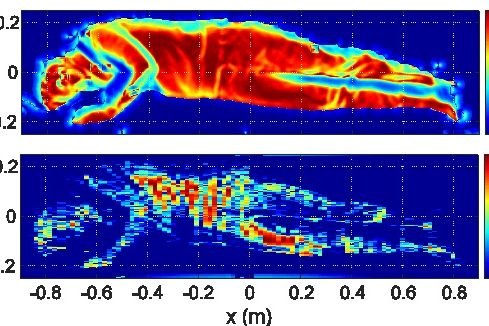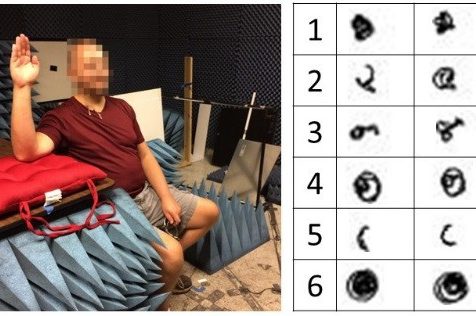Innovative Systems Theory
Innovative Systems Theory: We explore wireless sensing frontier |
System-theoretic sensing technologiesWe develop new human measurement techniques with the establishment of innovative systems theory by combining system theory, electromagnetic theory, and medical engineering. Prior knowledge on the human body shape and vital signs is effectively used for optimizing the whole human measurement system, which is expected to break through the existing resolution limit of conventional sensing techniques.
|
Wireless human sensingAlthough wearable sensors have been growing their popularity and market size represented by Apple Watch, radar-based wireless human sensing technology overcomes some of the main issues regarding such wearable sensors. Non-contact measurement of human activities including limb motion, gestures, unconscious motion, respiration, and heartbeat has been of great importance to a wide range of health care applications because it allows long-term monitoring of human activities without uncomfortable sensors being attached to the body. Because microwaves and millimeter waves can penetrate through clothing and bed tops, wireless sensing can directly measure human skin displacement in various situations unlike optical systems such as depth cameras and laser range finder systems. Wireless sensing of human activities has just begun and still a new and hot topic.
|
Takuya Sakamoto
Associate Professor (Graduate School of Engineering)
Research Interests
- System-theoretic sensing technologies
- Wireless human sensing
Office
Katsura Campus A1-409
Innovative Systems Theory Laboratory, Department of Electrical Engineering,
Graduate School of Engineering, Kyoto University
Kyotodaigaku-Katsura, Nishikyo-ku, Kyoto 615-8510, Japan
Webpages
http://www.ist.kuee.kyoto-u.ac.jp (Laboratory page)
http://www.ist.kuee.kyoto-u.ac.jp/~t-sakamo/index.html (Personal page)
